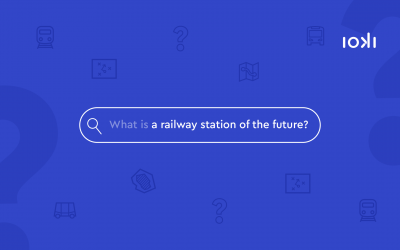Ridehailing is a convenient method of door-to-door transport. Ridehailing services, similar to ridepooling providers, use digital mobility platforms to connect passengers with local drivers in their private vehicles. Ridehailing services are similar to regular taxis, which do not offer an effective carpooling option. Well-known examples of ridehailing services include Uber and Lyft.
Ridesharing, on the other hand, is more like an organised carpool. Essentially, it means sharing free seats with passengers who have a similar destination or want to travel in the same direction as the driver. Start and destination as well as the route are determined by the driver alone. Well-known platforms that drivers can use to connect with passengers include BlaBlaCar and goFlux.
A similar concept is used for demand-responsive transport with ioki software: ridepooling. This is also a type of carpooling; however, the route is based on the demand of the passengers and is controlled by an algorithm.
You can find out more about on-demand transport and ridepooling here.



